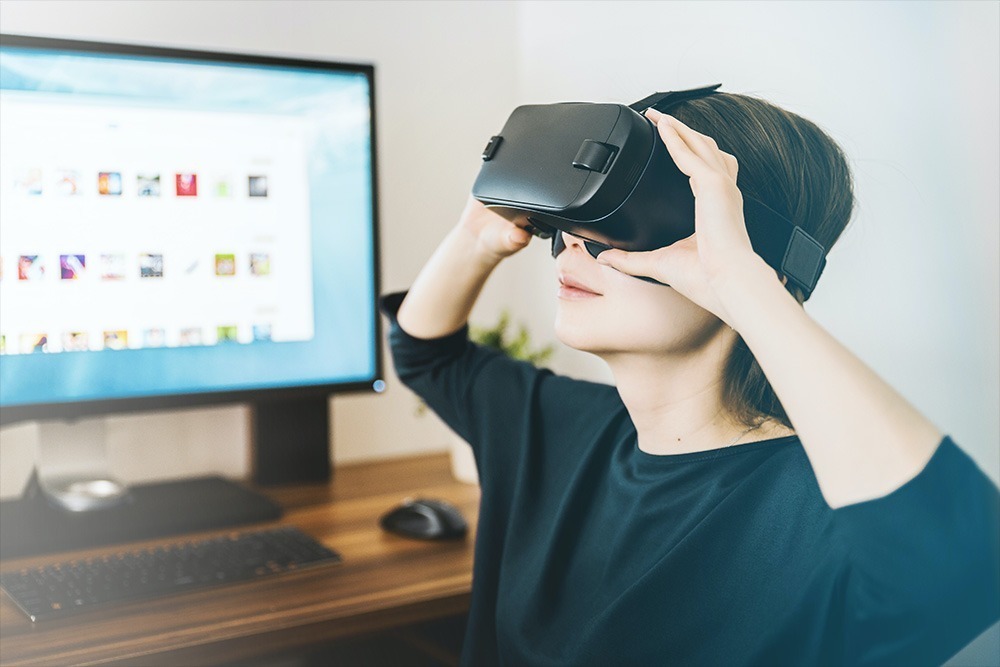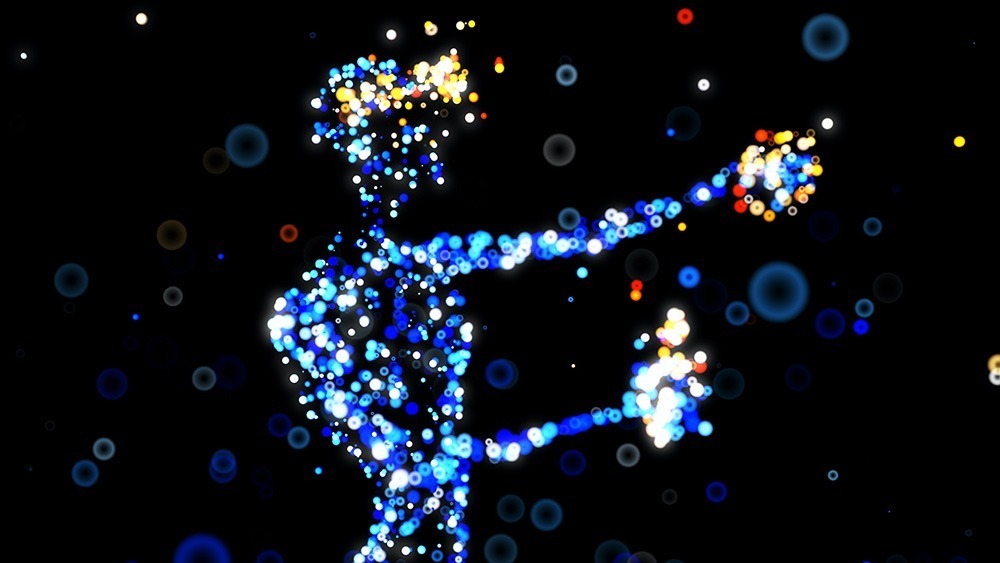Virtual reality has the potential to change the way we interact with technology, entertainment, education, and even each other. It is a new and exciting technology that is still being explored and developed. There are many different ways that virtual reality can be used, and new applications are being found all the time. Here are just some of the things that virtual reality can do.
Introduction to Virtual Reality
Virtual reality (VR) is a simulated experience that can be similar to or completely different from the real world. Applications of virtual reality include entertainment (e.g. video games) and education (e.g. medical or military training). Other distinct types of VR-style technology include augmented reality and mixed reality.
A person using virtual reality equipment is typically able to “look around” the artificial world, move about in it, and interact with virtual features or items. The effect is commonly created by VR headsets consisting of a head-mounted display with one or two small high-resolution OLED or LCD monitors providing separate images for each eye, stereoscopic headphones delivering sound to each ear, and head motion tracking sensors. Some VR systems also include tactile information, generally known as haptic feedback.
Haptic feedback is the sense of touch that can be simulated in virtual reality. This can be used to create the sensation of being able to touch, feel, and manipulate virtual objects. Most VR systems use some form of haptic feedback, which can be as simple as rumble motors in-game controllers or as complex as full-body suits that provide a variety of sensations.
The User Interface
The user interface is the way in which the user interacts with the system. There are many different types of user interfaces for virtual reality, including head-mounted displays, hand controllers, and body tracking sensors.
Head-mounted displays (HMDs) are the most common type of VR headset. They provide a stereoscopic image that covers the entire field of view and can be used with or without eyeglasses. HMDs typically have two small displays, one for each eye, that create a three-dimensional image. Another type of VR headset is the binocular headset. This type of headset does not provide a stereoscopic image, but it does offer a wider field of view than an HMD.
Hand controllers are used to interact with the virtual environment. They can be in the form of a traditional game controller, a glove, or a wand. Body tracking sensors are used to track the user’s movement in the real world and translate it into the virtual world. These sensors are often worn on the body, such as on the wrists, ankles, or chest.
Virtual reality systems often use a combination of these different types of user interfaces to provide the best experience for the user.
How Virtual Reality Can Be Used
Virtual reality has the potential to change the way we interact with technology, entertainment, education, and even each other. It is a new and exciting technology that is still being explored and developed. There are many different ways that virtual reality can be used, and new applications are being found all the time. Here are just some of the things that virtual reality can do.
Virtual reality can be used for entertainment purposes, such as video games or movies. It can also be used for educational purposes, such as medical or military training. Virtual reality can also be used to create simulated environments for research purposes. Additionally, virtual reality can be used to create experiences that are not possible in the real world, such as space exploration or travel to other planets.
Virtual reality can be used to create realistic simulations of real-world environments. This can be useful for training purposes, such as in the medical or military field. It can also be used for research purposes, such as studying human behavior or exploring other planets. Additionally, virtual reality can be used to create simulated experiences that are not possible in the real world, such as space exploration or travel to other planets.
Virtual reality can also be used to create augmented reality experiences. In augmented reality, virtual elements are added to a real-world environment. This can be done by superimposing computer-generated images on top of the real world, or by projecting them into the user’s field of view. Augmented reality can be used for entertainment, educational, or research purposes.
Potential Applications for Virtual Reality

Some potential applications for virtual reality include entertainment, education, research, and creating augmented reality experiences. Virtual reality can be used for video games or movies, medical or military training, studying human behavior, or exploring other planets. Additionally, virtual reality can be used to create simulated environments that are not possible in the real world.
Conclusion
In conclusion, VR has a wide range of potential uses that can be beneficial in many different industries. While it is still early days for VR, the potential applications are vast and varied. It will be interesting to see how VR develops in the future and what new uses are found for it.

